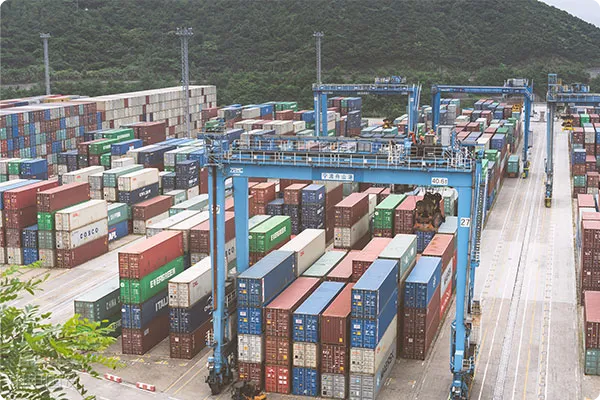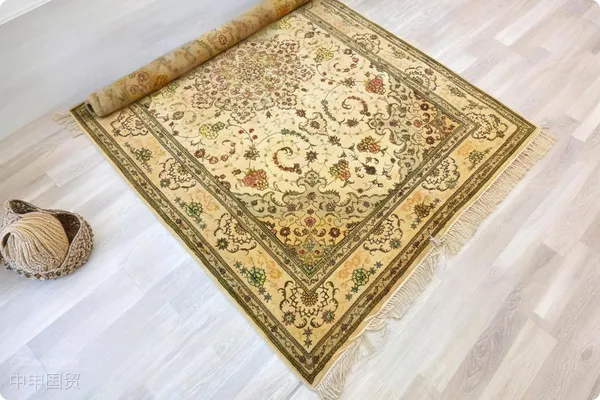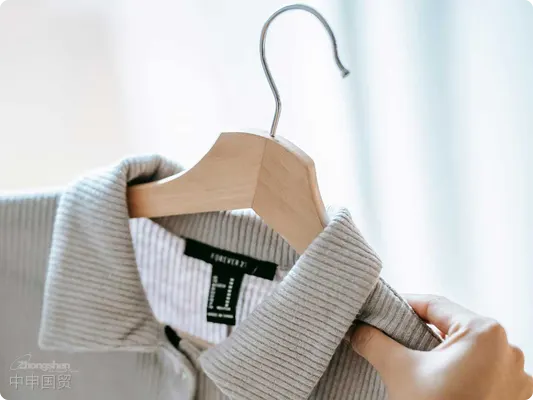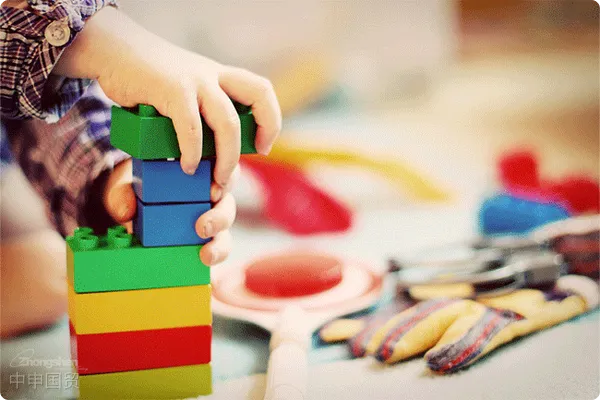- Shanghai Zhongshen International Trade Co., Ltd. - Two decades of trade agency expertise.
- Service Hotline: 139 1787 2118

To export lighting fixtures to Russia, multiple requirements must be met.
I. Product Certification
EAC certification
- EAC certification is a mandatory requirement for product circulation in the Eurasian Economic Union (EAEU) market, of which Russia is a member. For lighting products, EAC certification covers safety, electromagnetic compatibility, and other critical aspects.
- Safety standards require lighting fixtures to meet fire prevention, electric shock protection, and other safety requirements. For example, the housing materials of lighting fixtures must have certain fire-resistant properties to prevent fires caused by overheating during use. The circuit design must ensure users are not exposed to accidental electric shocks, such as maintaining good insulation and secure wiring connections.
- Electromagnetic compatibility requires that lighting fixtures do not generate excessive electromagnetic interference affecting other electronic devices while maintaining their own anti-interference capabilities. For instance, the electronic drivers in LED fixtures must undergo rigorous testing to ensure they do not interfere with nearby radios, televisions, or other devices during normal operation and can still function under external electromagnetic interference.
GOST-R Certification (may still be required in certain cases)
- Although EAC certification is becoming mainstream, GOST-R certification may still be required for specific projects or by certain clients. GOST-R certification covers multiple dimensions of lighting fixtures, including quality and performance standards. For example, the light intensity and color rendering index of fixtures must meet GOST-R certification standards.
II. Product Packaging Requirements
Language Labeling
- Packaging must include Russian-language labeling. It should contain basic product information such as the product name, model, power rating, voltage range, manufacturer name, and address. For example, clearly label the product name as Светильник (lighting fixture) alongside the model number, such as Модель - XYZ.,
- Safety warning labels are also required, such as Внимание! Не прикосноваться к розетке с влажными руками (Warning! Do not touch the socket with wet hands) to ensure user safety.
Packaging Quality
- Packaging must withstand transportation shocks and compression. Lighting fixtures are often fragile, especially those made of glass or with delicate electronic components. Therefore, packaging material selection is crucial. For example, thick foam plastic can be used to wrap the fixtures, followed by sturdy cardboard boxes to ensure they remain undamaged during long-distance transportation from the production site to Russia.
III. Trade Documentation
Commercial Invoice
– The commercial invoice should detail the specifications, quantity, unit price, and total value of the lighting fixtures. This helps Russian customs accurately assess the goods value for appropriate tariff collection. For example, the invoice must clearly state that the fixtures are LED ceiling lights, with a quantity of 100 units, a unit price of $10, and a total value of $1,000.
Bill of Lading
– The bill of lading (B/L) is a crucial transport document. When exporting lighting fixtures to Russia, all B/L information must be accurate, including shipper, consignee, port of loading, port of discharge, and cargo description. For instance, if the shipper is a Chinese lighting manufacturer, the company name and address must be precisely stated; similarly, the Russian lighting distributors company name and delivery address should be fully detailed as the consignee.
3. It is recommended to verify through the following methods:Technical data
– The certificate of origin proves the production location of the lighting fixtures. For Russia, this helps determine eligibility for tariff preferences under trade agreements. If the fixtures are made in China, the certificate issued by Chinese authorities confirms their Made in China status.
IV. Product Features Adapted to the Russian Market
Cold Resistance
– Most regions in Russia experience harsh winters, requiring lighting fixtures to function reliably in low temperatures. For outdoor fixtures like streetlights and garden lights, electronic components, batteries (if applicable), and housing materials must withstand cold conditions. For example, standard lithium batteries perform poorly in cold weather; if used, either cold-resistant lithium batteries or insulation measures are needed to ensure uninterrupted power supply.
Compliance with Local Aesthetics and Usage Habits
– Russian consumers have distinct preferences for lighting styles and colors. Minimalist yet elegant designs—such as geometric pendant lights or classic wall sconces—are often favored. Colors like white and gold are popular. Additionally, installation methods must align with local building structures and practices. For instance, ceiling-mounted fixtures may require adapters to fit Russian ceiling configurations.
Compulsory certificationLighting fixtures must meet requirements across certifications, packaging, trade documents, and product features to ensure smooth entry into the Russian market and satisfy consumer demand.
Related Recommendations
? 2025. All Rights Reserved. Shanghai ICP No. 2023007705-2  PSB Record: Shanghai No.31011502009912
PSB Record: Shanghai No.31011502009912










